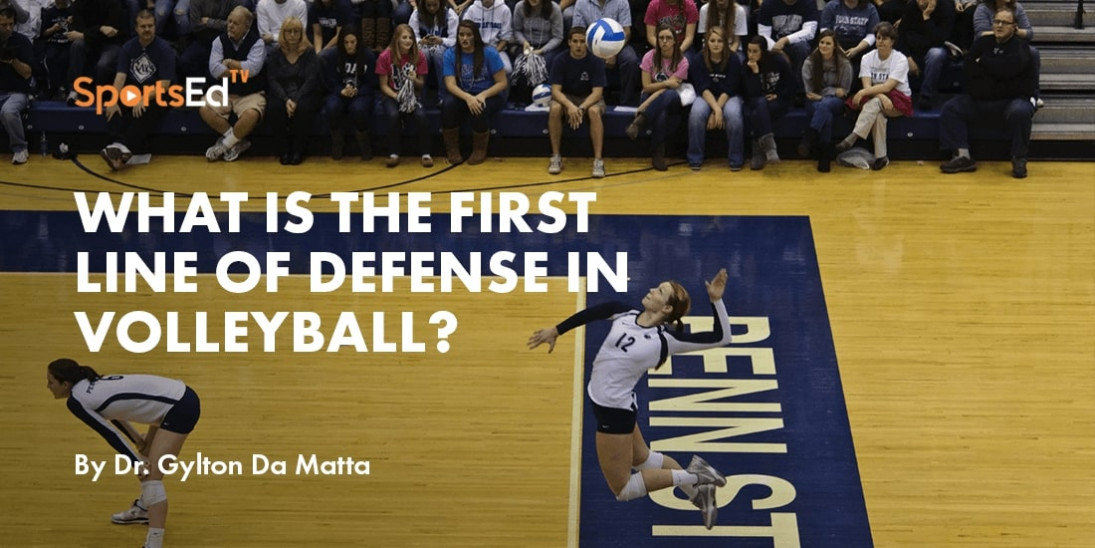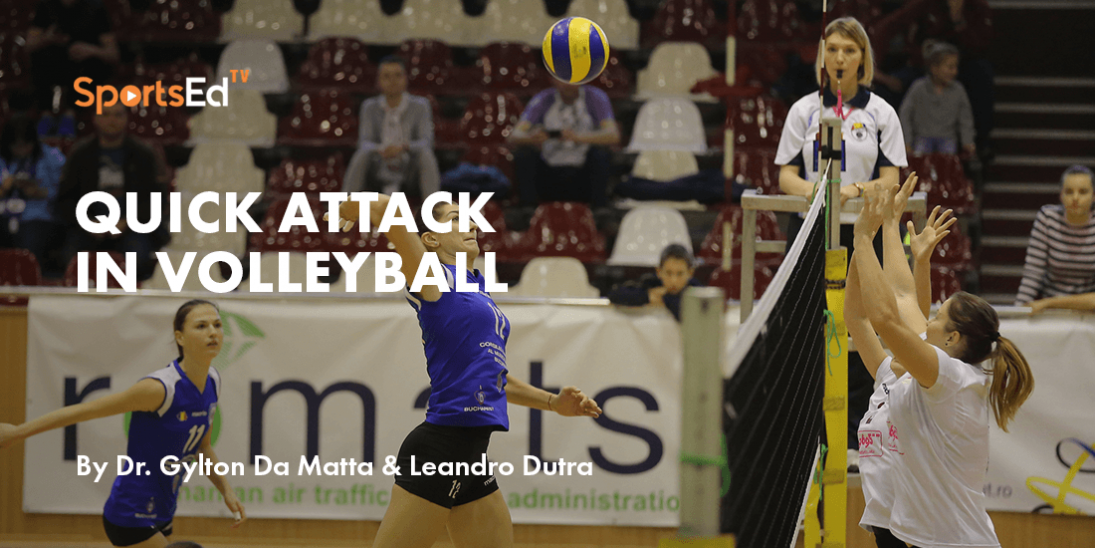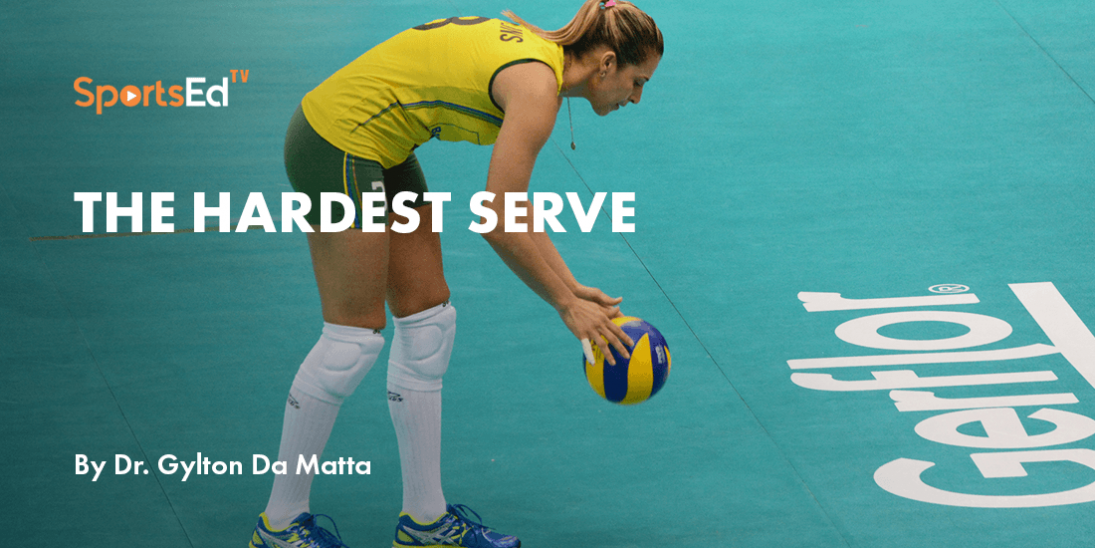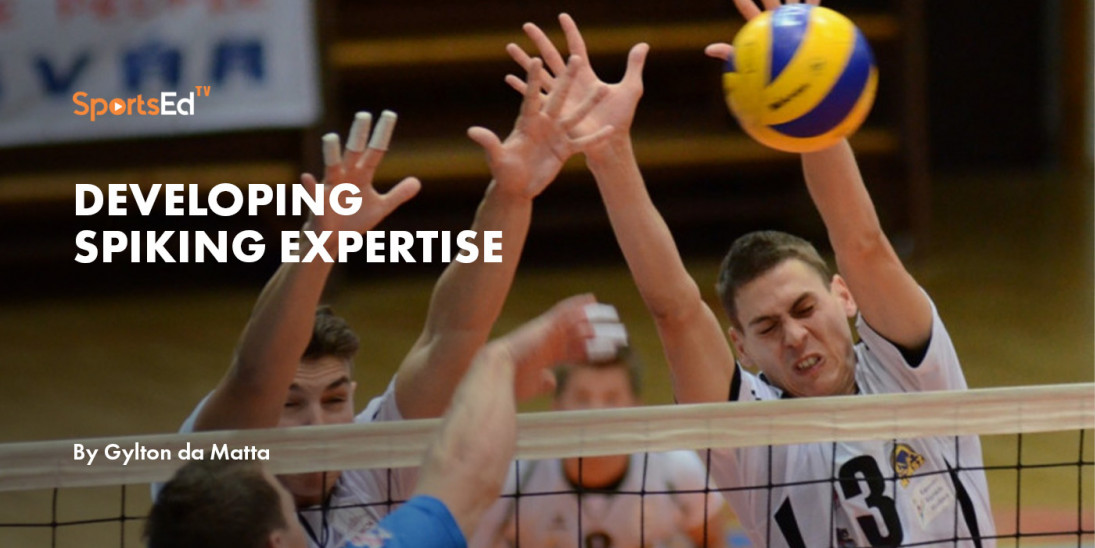Volleyball
Welcome and thanks for visiting...

Why Is Attacking Important in Volleyball?
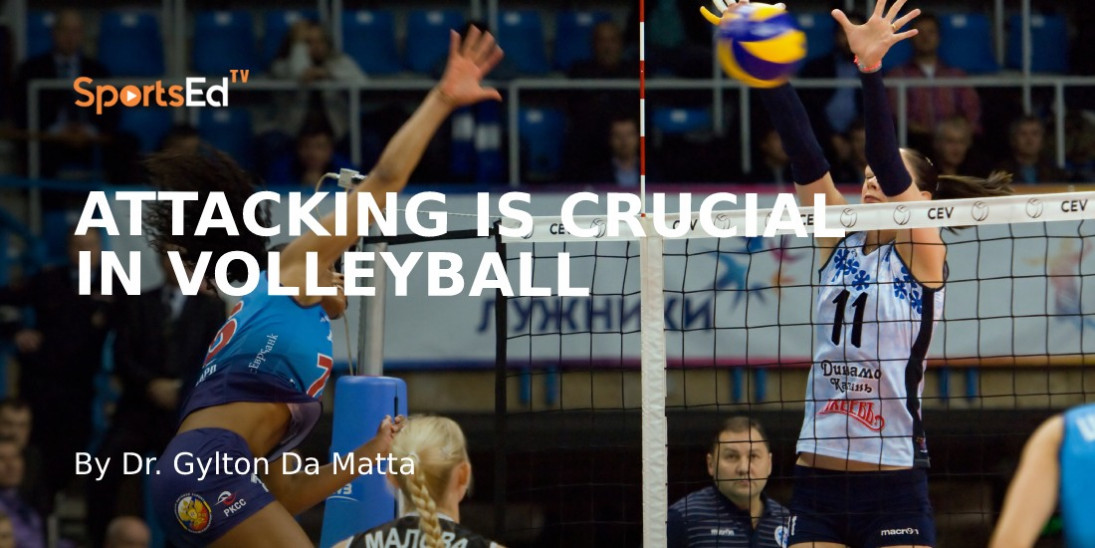
Attacking is important in every sport. Attacking is especially important in volleyball.
What is an attack volleyball?
A volleyball attack is an offensive move made by a player to score a point by hitting the ball over the net and into the opponent's court. It is the primary means of scoring in volleyball and requires the player to generate power, accuracy, and control in their shot. A successful attack requires good timing, coordination, and a knowledge of various attacking techniques, including jumping, spiking, tipping, and shooting. The attack is a key component of the game and can greatly impact the outcome of a rally and match.
In volleyball, attacking is a tactical action that scores points. A powerful serve, an intelligent setter's dump, and a super spike are some examples of attacking action.
The whole momentum of volleyball is dictated by the teams who can get a kill and put the volleyball down.
In recent years, there has been the development of an idea that is neither realistic nor beneficial for anyone: Be modest, be average…play defense. Although, in a philosophical way “defense wins battles” offense wins wars. In volleyball, it is not different.
Check the SportsEdTV volleyball library to learn more about attacking.
Please understand that the tactics of a net sport are quite different than in invasion sports such as ultimate Frisbee or team handball. So, in volleyball, the attack (spike) is the action that gets points for the team.
I have seen many volleyball coaches sharing that their players are not athletic or not necessarily talented, however, true coaches transform the ordinary player into an extraordinary performer (Da Matta, 2021). While it is a good virtue to be modest, in sports practicing halfway or not preparing to win becomes not being true to yourself.
Then, we need to answer the simple question: Why is attacking important in volleyball?
To answer this question, I need to tell a story…
In the past 20 years, Brazil has been ranked one of the top teams in the world in the game of volleyball. It is generally known that Brazilian people are not very tall, but they are passionate volleyball players. In 1976, the Russians, the Polish, and the Cubans were extremely tall and powerful volleyball players. The International Volleyball Federation (FIVB) technical development used to say that the Brazilians were too short to play. Have you seen this movie before? Moreover, with the dominance of the European "school" setting the volleyball so high that often the ball would not show on the TV screen, some of the best coaches deliberately practice a side out an offense that revolutionized the game. Today, volleyball players having a solid pass and robust defense is critical, but every beach volleyball player and high school athlete knows that the side out is key to winning a volleyball match.
A team that practices the side out (K I; serve-receive, set, and attack) has a 60% chance to overcome a team that essentially practices defense and transition (serve, block, and dig). To corroborate this finding, a group of volleyball researchers has observed five teams in the Brazilian “Super Liga A”, one of the toughest professional volleyball leagues in the world. They concluded that the teams who were consistently at the semi-finals and finals (like the final 4 in the NCAA), were the ones who practiced the side-out phase for more than 65% of their practices. This study was never peer-reviewed and published, but the reliability of that ethnographic practice analysis is still at a 90% level of interobserver agreement. Mathematically, if a top volleyball setter received a pass “A” or “B” there is a 70% chance that the offense will overcome the defense. And it was only because, in 1984, 60% of the Brazilian team jumped serving to get an ace and attacking with all five players, which was called the “Brazilian Multi-Offense System”.
The attacking efficiency is normally calculated with the formula: number of kills minus the number of errors, divided by the total attempts. Therefore, volleyball players and coaches must think about the importance of practicing attacking, most specifically the side out phase or complex of skills one (K I) which consists of serve-receive, setting, attacking, and hitter's coverage.
In sum, either through a powerful serve or through a smart attack, being on offense in volleyball is the assurance to win a set, a match, and a championship.


